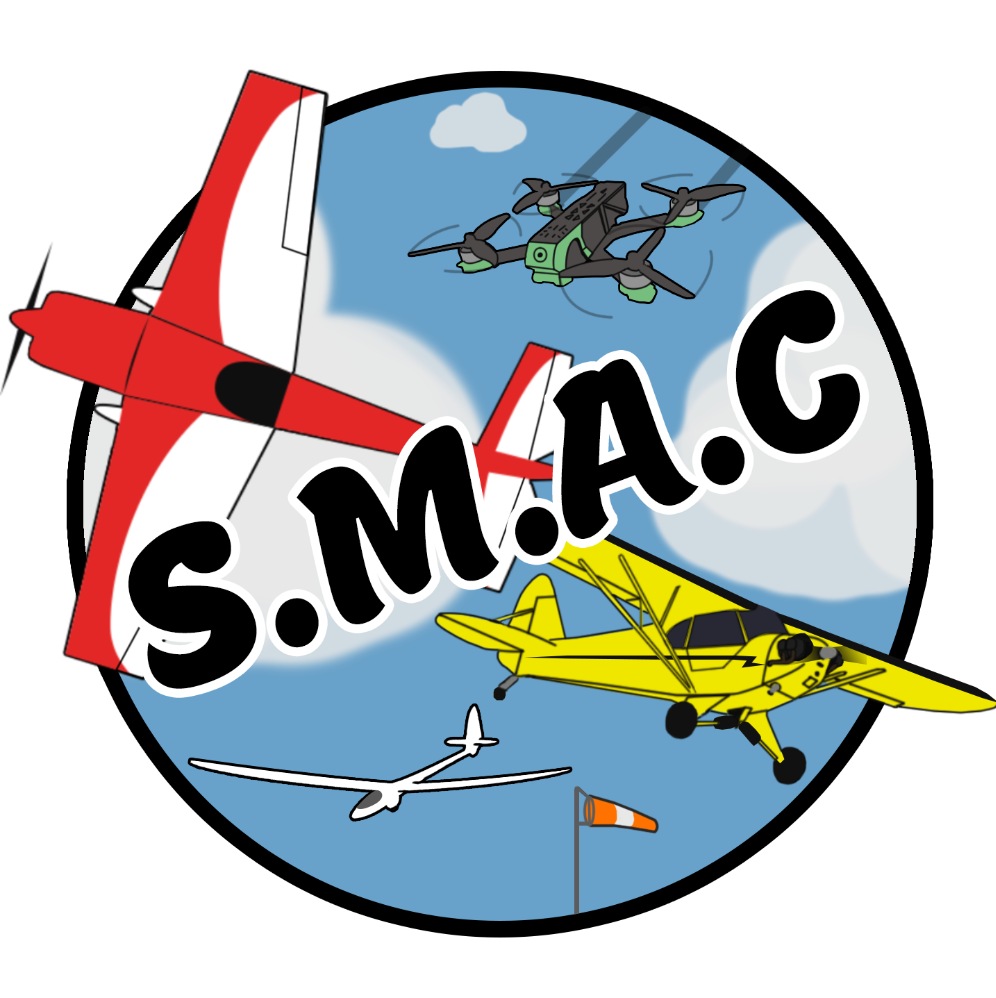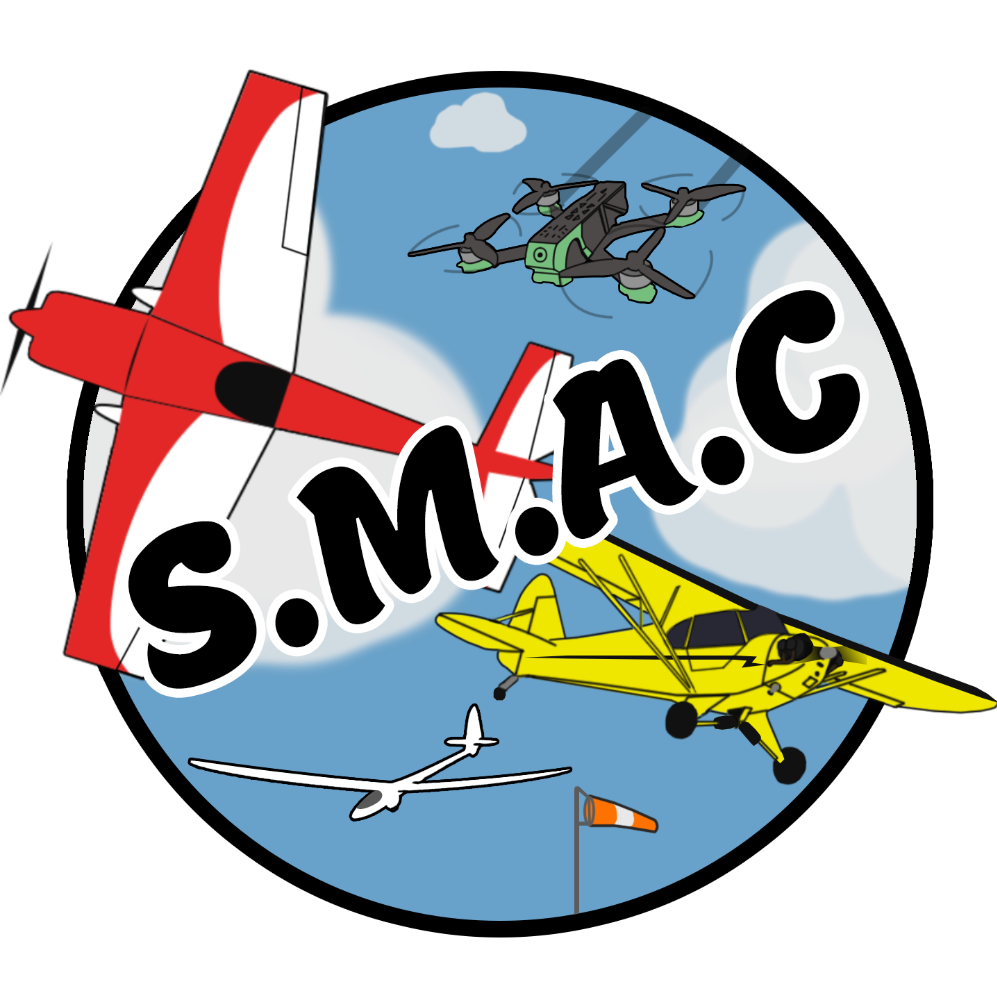General Information
Flying from a well-mown 220 metre long grass runway, IC models use transmitter frequencies which are either 2.4 GHz or odd numbers on 35 MHz.
Pilots should hold a BMFA ‘A’ or ‘B’ certificate or have shown safe flying competence to a committee member.
All IC models must meet noise limits to fly on-site and must be tested and certified before flight.
Advice and help about how to successfully fly your model is readily available.
If you are nervous about a maiden flight, need advice about the correct model for your needs, concerned about a model or your ability to fly it, we have some very experienced pilots who can help.
************************************************************************************
I.C Powered Scale models
Models popular on the Power Site cover a wide range, from military aircraft to civilian and commercial models and from ARTF kits to plan-built models.
Many of our scale modellers are happy to discuss scale building and flying techniques, so there is always help and advice available on the scale details which improve your model.
Gerald Maull’s Sopwith Strutter
A scale model of a one of the Royal Flying Corps first WW1 two seat aircraft, built by Gerald from a plan.
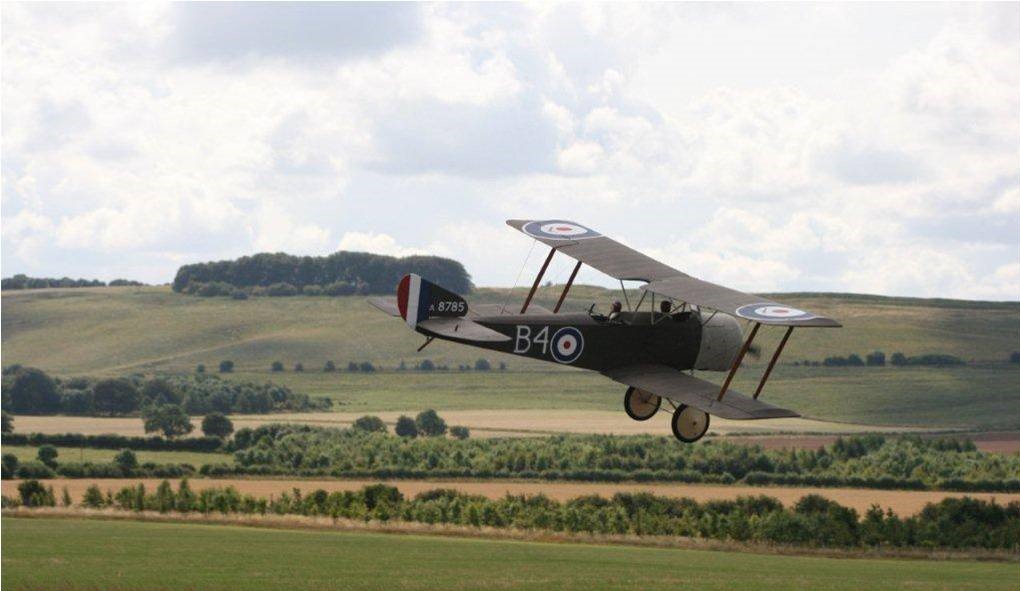
Richard Cohen’s Republic P47 Thunderbolt
US Army Air Force WW2 fighter/bomber – the heaviest single engine fighter of the war with a reputation of being able to soak up battle damage and still get its pilot home.
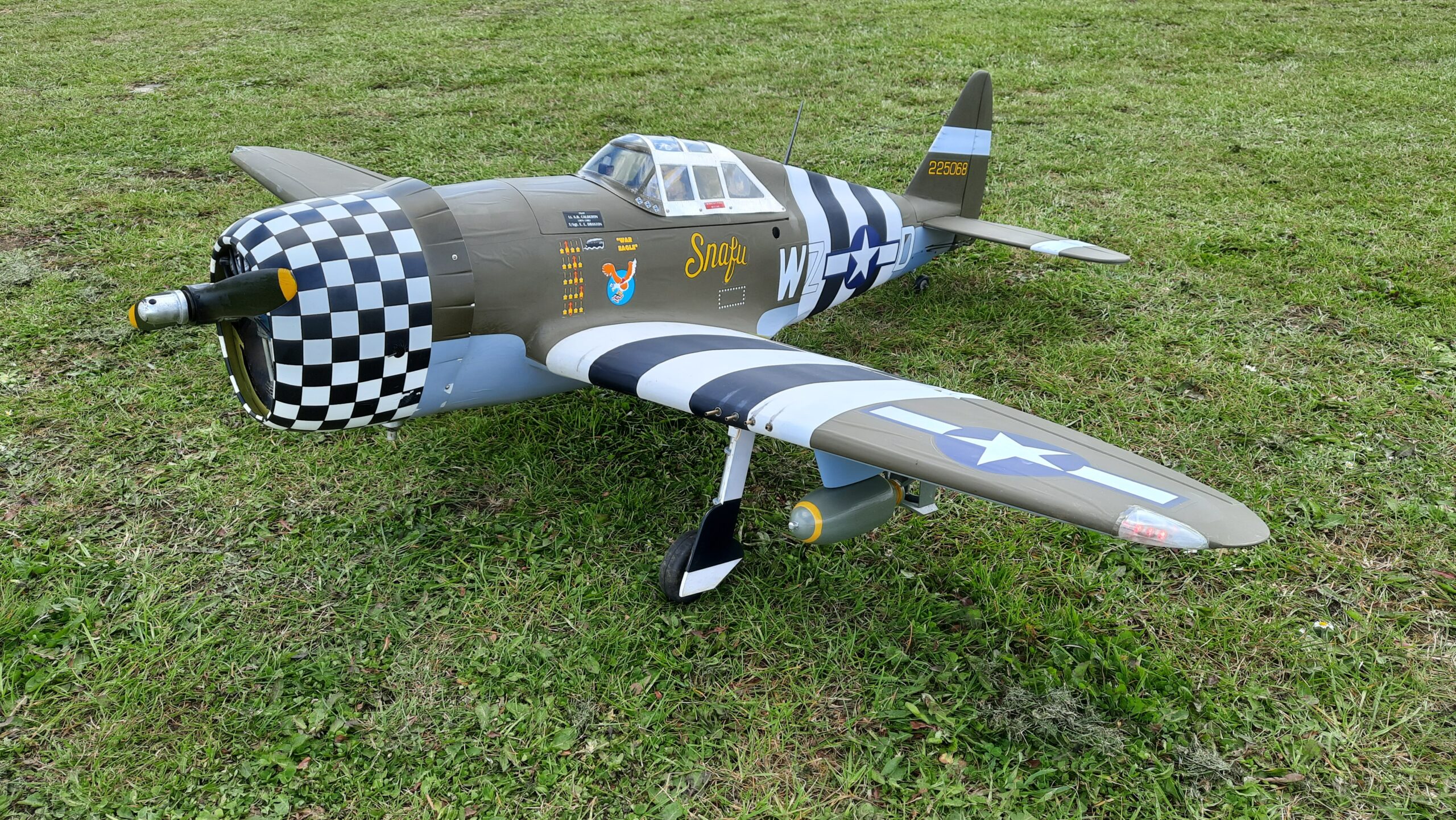
I.C Powered Sports Models
A large part of our membership own and fly powered sport models. Here are some of our favourites. They are mainly ARTF and are powered by an even mix of two and four stroke engines.
Chris Foss Wot 4 – a timeless classic capable of most aerobatics
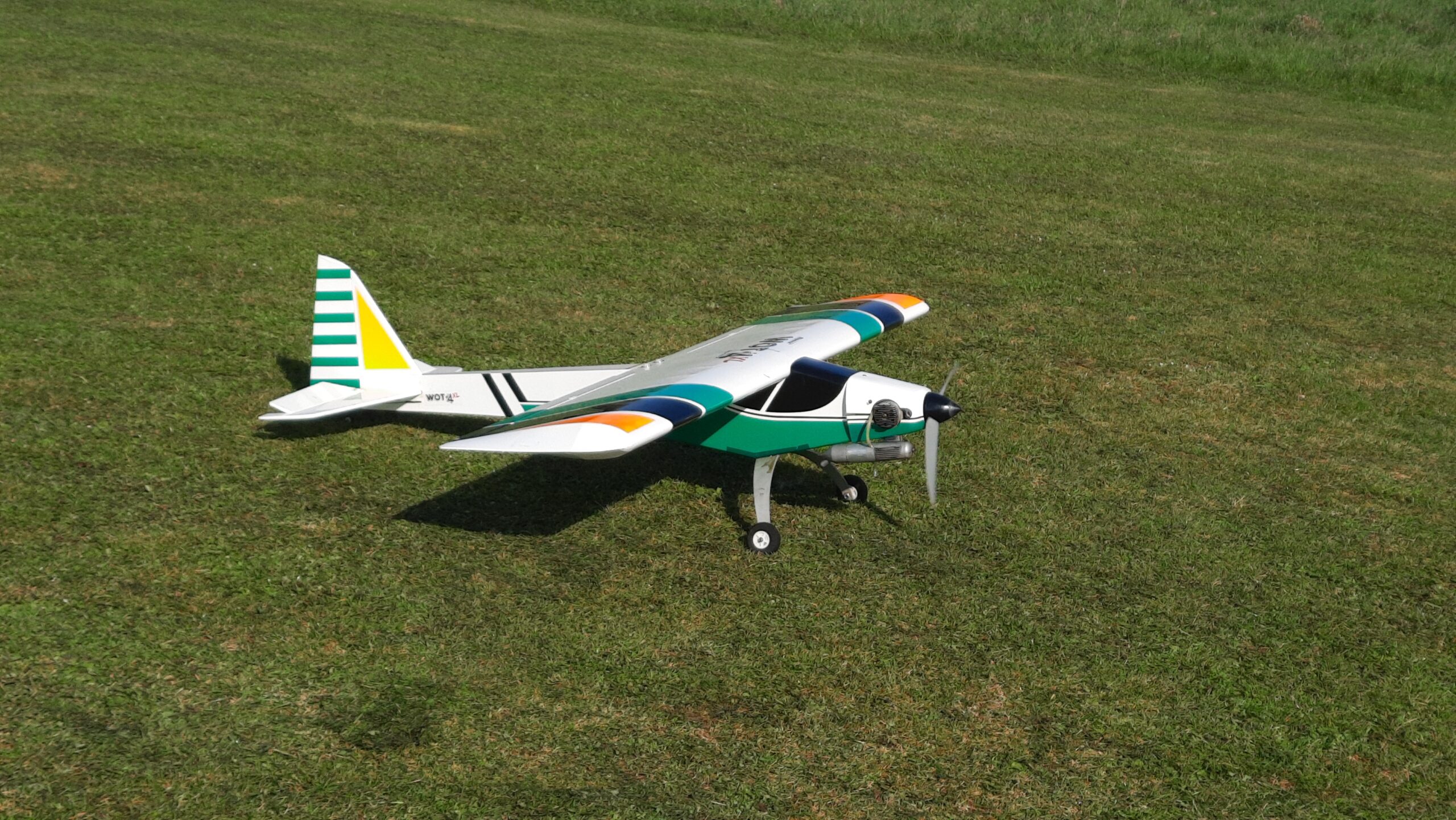
Avicraft Panic bi-plane a hooligan of a model which can do any manoeuvre you can think of and a few you can’t.
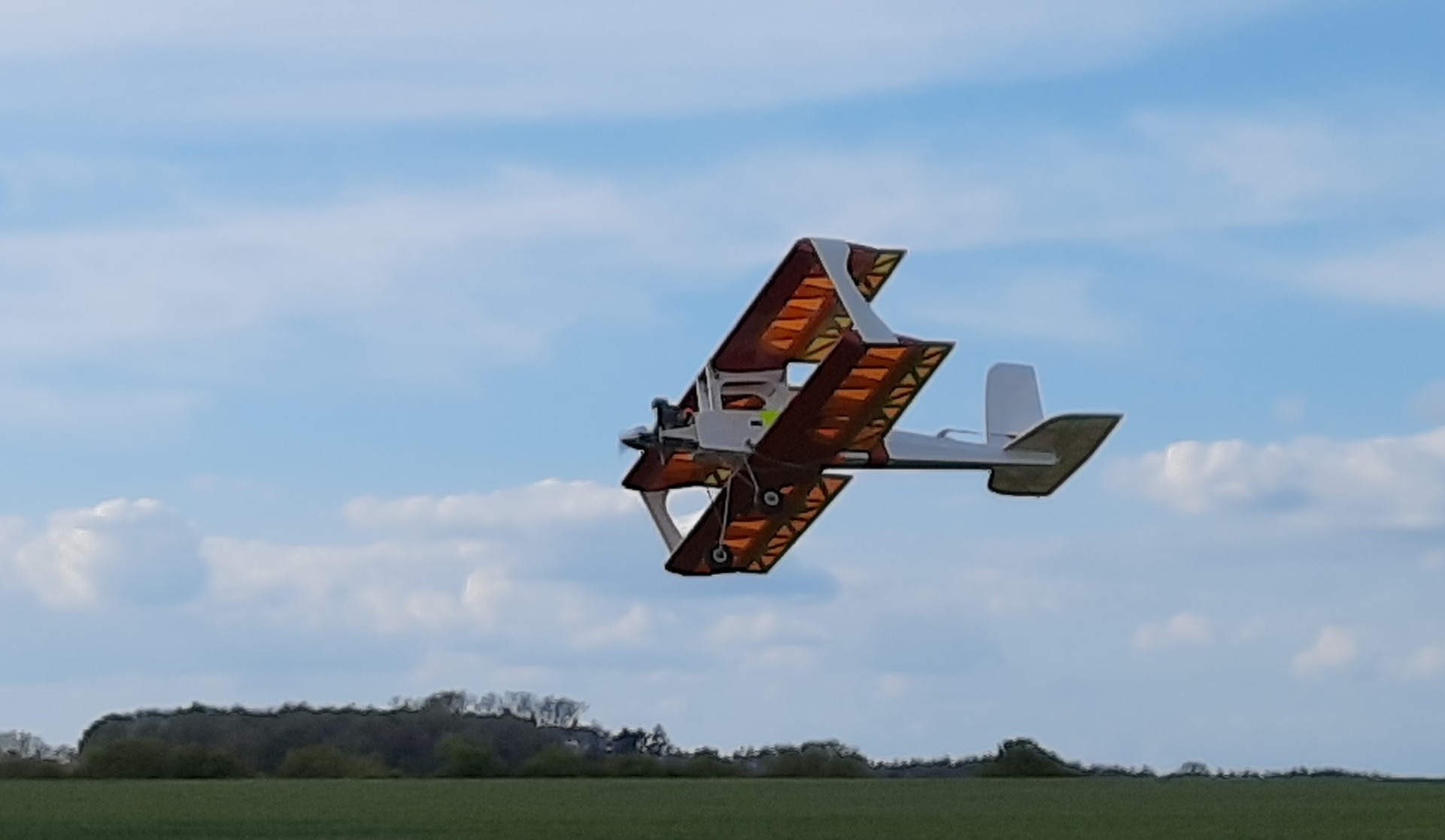
CM Pro Swallow 90 – a precision aerobatic model suitable for F3A class pattern flying

